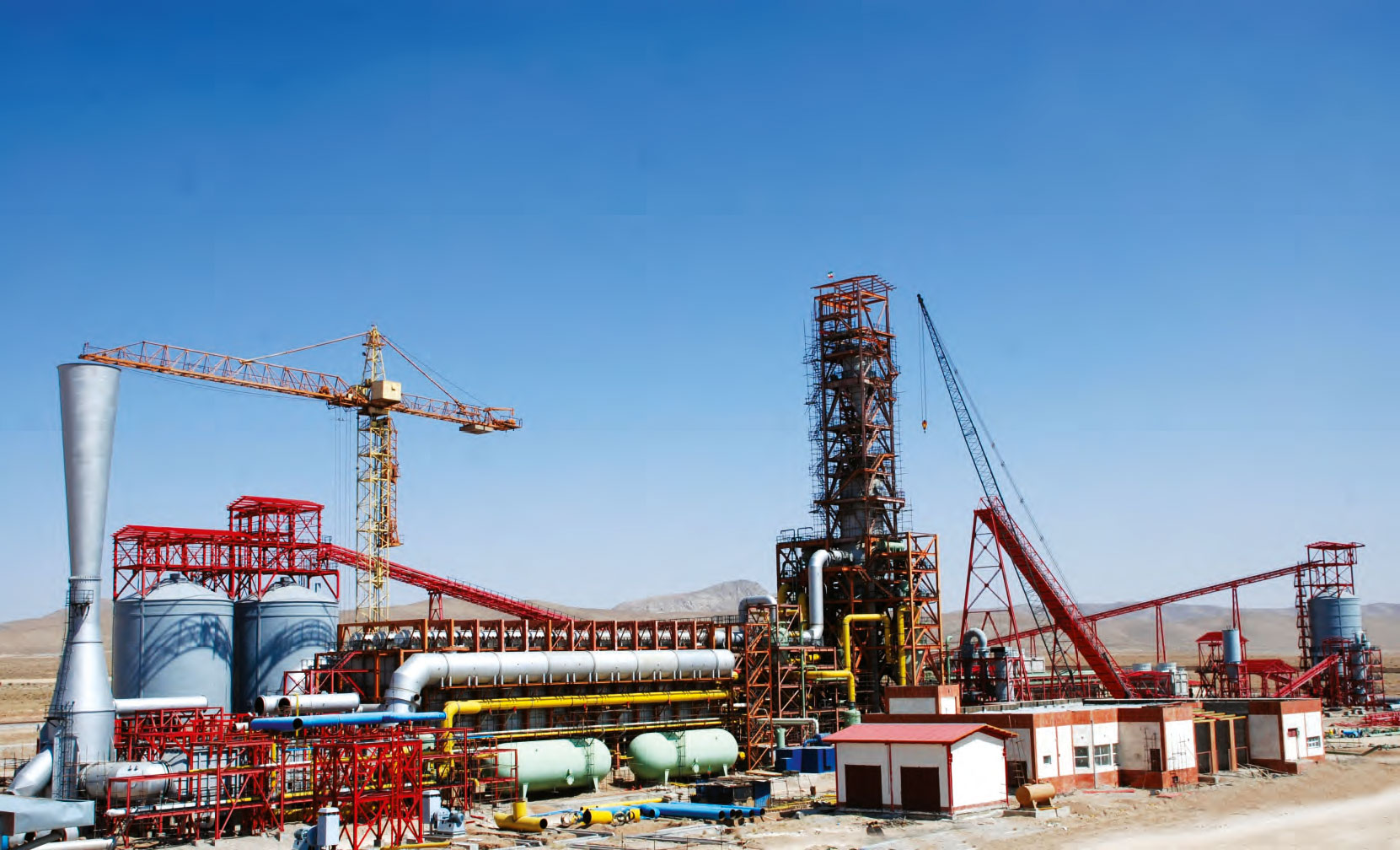After nearly 10 years, sponge iron production plants of the so-called “Seven Provincial Steel Projects” will become operational by the end of the Iranian year (March 2017), announced the head of Iranian Mines and Mining Industries Development and Renovation Organization on Sunday.
“The inauguration of the sponge iron plant of Sepiddasht Steel Complex, located in Chaharmahal-Bakhtiari Province, is only pending the construction of a 60-kilometer-long water pumping route from the Chaghakhour Dam to the plant,” Mehdi Karbasian said, adding that provincial officials are working to resolve the issue.
Furthermore, the sponge iron plant of Khuzestan Province’s Shadegan steel project will come on stream by the end of September, and East Azarbaijan Province’s Mianeh plant, Fars Province’s Neyriz plant, Khorasan Razavi Province’s Sabzevar plant, Kerman Province’s Baft plant and South Khorasan’s Qaenat plant will start producing sponge iron by the yearend.
The sponge iron plants are being equipped with European and Chinese production machinery.
“The inappropriate location of the plants, underdeveloped water, electricity, gas and transportation infrastructure and lack of funding were the primary causes of the delay of projects,” Karbasian, who is also deputy minister of industries, mining and trade, was quoted as saying by IMIDRO’s news portal.
According to IMIDRO, the seven plants will add at least 6 million tons to Iran’s annual crude steel output, while creating 7,000 direct and 35,000 indirect jobs.
The seven projects date back to 2006 when the government decided to implement eight steel projects in the provinces of Chaharmahal-Bakhtiari, Fars, Khuzestan, Yazd, Kerman, East Azarbaijan, South Khorasan and Khorasan Razavi.
After only one of the projects was taken over by the private sector, the rest were not well received due to their inappropriate locations and undesirable physical progresses. Therefore, IMIDRO took over 65% of the projects’ shares and undertook the task of attracting the required investment.
The organization’s most important move was to attract finance from the Metallurgical Corporation of China–a state-owned enterprise. However, the required letters of credit could not be opened until nine years later, mainly due to banking restrictions imposed on Iran as part of western sanctions against the country over its civilian nuclear energy program.
As per the 20-Year National Vision Plan (2005-25), Iran’s steel industry is stipulated to become the world’s sixth largest producer of the industrial material, producing 55 million tons of crude steel per year by 2025.
Karbasian believes that to achieve the envisioned goal, iron ore extraction needs to reach 135 million tons per year from the current 40 million tons, and iron ore and pellet production needs to rise to 77 and 72 million tons per year from the current 24 and 22 million tons respectively.


